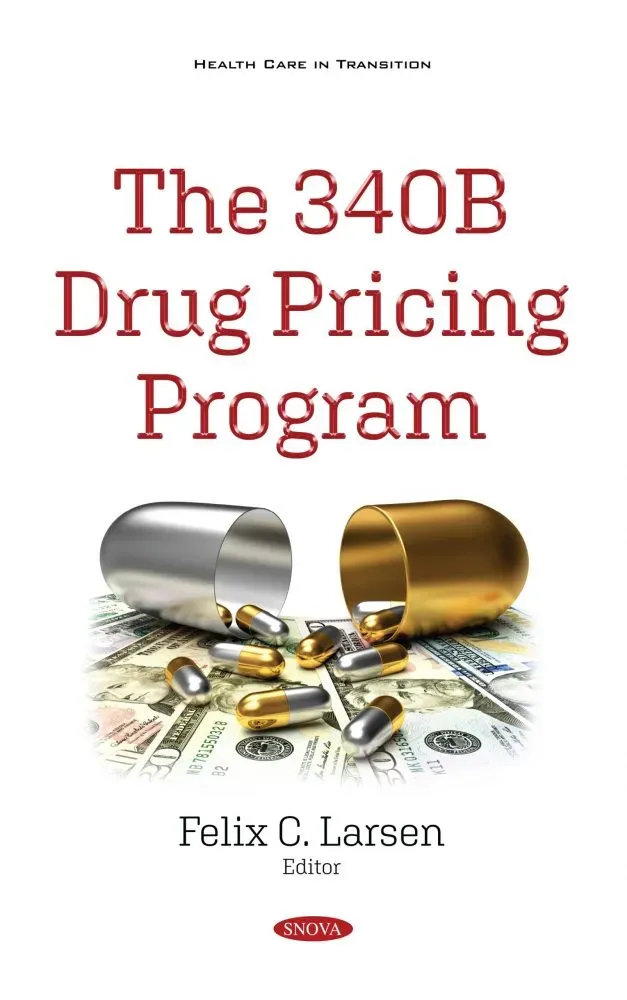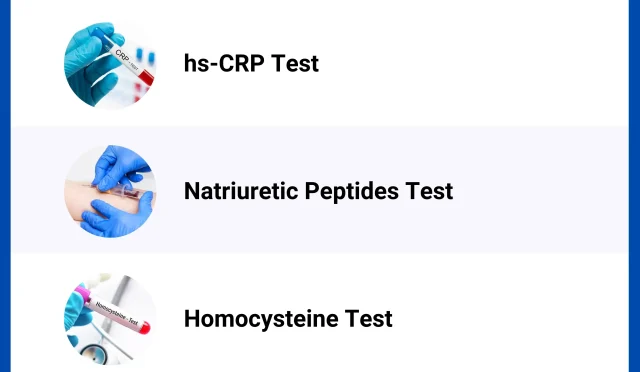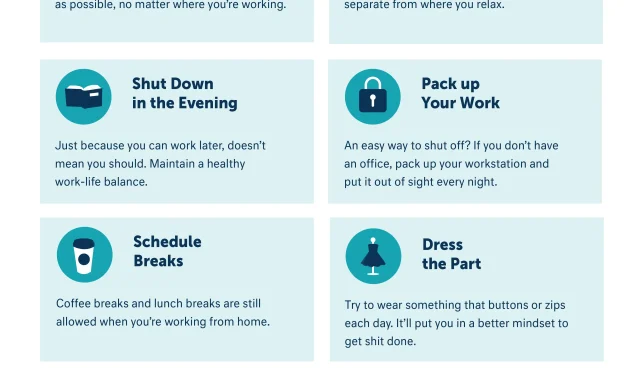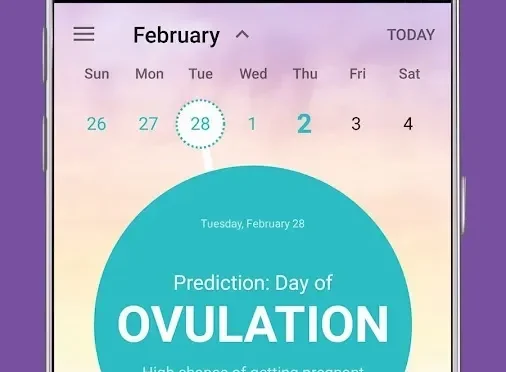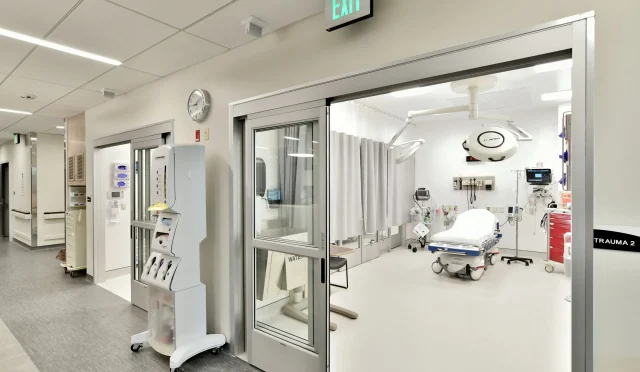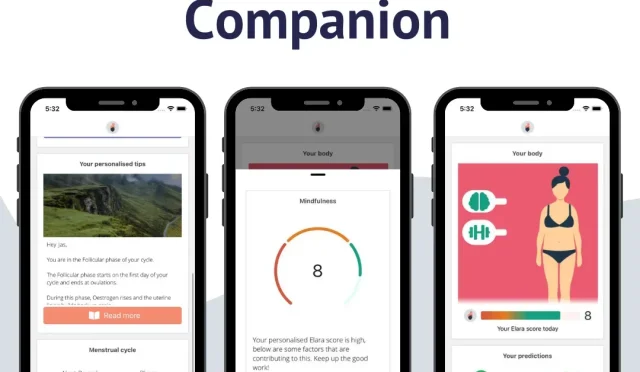340B Drug Pricing Program: Exploring its Growth in Illinois
The 340B Drug Pricing Program is intended to support safety-net hospitals and make medications more affordable for vulnerable populations. Specifically designed to provide drug discounts to eligible healthcare providers, this program has paradoxically evolved into a significant revenue source for many hospitals, particularly in Illinois. Over 50% of hospitals in the state now participate in the 340B program, reflecting a dramatic increase of 229% in participation over the past 15 years. However, the lack of transparency surrounding the use of 340B savings raises concerns about whether these funds are truly benefiting low-income patients or simply enhancing hospital revenues. As discussions around drug pricing transparency intensify, the impact and future of the 340B program remain critical areas of focus within healthcare policy.
The 340B program, often seen as a vital healthcare subsidy initiative, aims to enable certain hospitals to acquire medications at reduced costs, thus enhancing their ability to serve low-income patients. This essential initiative has faced scrutiny due to its unintended consequences, notably the extensive growth of participating hospitals and their increasing dependence on outpatient drug revenue. Across Illinois, this program has transformed the financial landscape for healthcare facilities, with many large regional hospitals reaping significant profits from discounted drug sales. Despite its noble intentions, the actual benefits to patients remain elusive, with critics questioning how these financial gains are ultimately used. As a result, the conversation surrounding the 340B pricing initiative continues to evolve, particularly in light of calls for stricter drug pricing accountability and equitable health access.
Understanding the 340B Drug Pricing Program
The 340B Drug Pricing Program is designed to allow qualifying healthcare providers to purchase outpatient drugs at significantly reduced prices. Initially established to support safety-net hospitals in providing care to low-income patients, the program’s intent is to stretch limited federal resources to serve more individuals effectively. However, the lack of accountability and oversight has led to questions regarding its effectiveness, as many hospitals leverage these discounts for profit instead of community-focused care.
As participation in the 340B program has surged—especially within Illinois, where hospital participation has grown exponentially—concerns regarding transparency and the actual benefits provided to patients have increased. Hospitals such as Northwestern Memorial and UChicago Medicine, which are among the largest beneficiaries of the program, have exhibited a tendency to prioritize profit generation from outpatient drugs rather than enhancing care accessibility for low-income populations.
Frequently Asked Questions
What is the 340B Drug Pricing Program and how does it benefit hospitals?
The 340B Drug Pricing Program allows qualified healthcare providers, known as covered entities, such as hospitals, to purchase medications at significantly discounted prices. This enables hospitals, particularly safety-net providers, to stretch their limited resources and offer comprehensive services to more patients. However, the program’s growth has led to large regional hospitals in Illinois benefitting disproportionately, using the savings to enhance their revenue from outpatient drugs.
How has the 340B program expanded in Illinois hospitals over recent years?
In the last 15 years, participation in the 340B Drug Pricing Program among Illinois hospitals grew by 229%, with over half of Illinois hospitals now qualifying as 340B covered entities. This expansion is primarily due to changes in federal legislation, such as the Affordable Care Act, which made more hospital types eligible for the program.
What impact does the 340B program have on drug pricing transparency in Illinois?
The 340B Drug Pricing Program has raised concerns over drug pricing transparency since hospitals are not required to disclose how they use the profits from 340B discounts. As a result, patients and insurers often encounter similar drug prices at both 340B and non-340B hospitals, obscuring the intended patient benefits of the program.
What are the unintended consequences of the 340B Drug Pricing Program for small and safety-net hospitals in Illinois?
Despite its original intent to support small and safety-net hospitals, the 340B program has inadvertently favored larger regional and academic medical centers in Illinois, which derive a higher proportion of their revenue from outpatient drugs. This shift in financial benefit raises questions about the program’s effectiveness in aiding the very hospitals it was designed to support.
How do Illinois 340B hospitals use their savings from the program?
While intended to directly provide benefits to low-income patients, many Illinois 340B hospitals use their savings for various operational needs, such as subsidizing unprofitable service lines or expanding outpatient services. However, there is limited public data on how these funds specifically benefit patients, leading to scrutiny over the program’s overall impact.
What measures are being discussed to reform the 340B Drug Pricing Program?
To address the issues stemming from the 340B Drug Pricing Program’s unchecked growth, there are discussions about reforming eligibility criteria, instituting reporting requirements for 340B savings, and placing limitations on contract pharmacy arrangements. Legislative changes at both federal and state levels, such as the proposed Illinois bills SB2385 and HB3350, aim to protect the interests of hospitals while ensuring the program serves its intended purpose.
What types of hospitals are primarily participating in the 340B program in Illinois?
In Illinois, the majority of 340B program participants are Disproportionate Share Hospitals (DSH) and Critical Access Hospitals (CAH). Many of these hospitals qualify narrowly above the required thresholds for serving low-income patients, indicating a strategic approach to meeting the eligibility criteria.
What challenges do hospitals face regarding the sustainability of the 340B program?
Hospitals participating in the 340B program are vulnerable to legislative changes and market pressures, as the program’s reliance on outpatient drug revenues increases their financial risk. Changes in drug pricing policies or contract pharmacy restrictions from manufacturers could significantly affect their operations and profitability.
Why is the 340B Drug Pricing Program facing scrutiny and potential changes?
The 340B program is facing scrutiny due to its rapid growth, lack of transparency, and the perception that it primarily benefits large hospitals rather than the low-income populations it was designed to assist. Calls for reform are growing, as stakeholders seek to ensure the program aligns better with its original goals and reduces health inequities.
How has the participation of contract pharmacies affected the 340B program in Illinois?
The rise of contract pharmacies in Illinois has significantly expanded access to 340B pricing. However, it has also led to disputes between drug manufacturers and hospitals over the legitimacy of contracts and the terms of drug discounts, potentially complicating the distribution of benefits under the 340B program.
| Key Point | Details |
|---|---|
| Decrease in Intended Benefits | 340B started to subsidize safety-net hospitals but has turned into a profit mechanism for larger hospitals. |
| Rapid Growth | 340B participation in Illinois has increased by 229% over the past 15 years, with over half of hospitals being 340B covered entities. |
| Disproportionate Advantage | Larger regional hospitals benefit more from 340B, leading to increased reliance on outpatient drugs for revenue. |
| Lack of Transparency | Hospitals are not required to report how they use 340B funds, leaving patient benefits ambiguous. |
| Legislative Scrutiny and Resistance | In response to drug companies’ restrictions, hospitals lobby for laws protecting 340B which leads to ongoing legislative conflict. |
Summary
The 340B Drug Pricing Program has proven to be a double-edged sword in Illinois, where its initial goal of supporting safety-net hospitals has transformed into a substantial source of revenue for larger hospital systems. This program’s unchecked growth has created significant disparities, allowing large hospitals to benefit disproportionately while the original intent of assisting low-income patients remains obscured by a lack of transparency in how funds are utilized. Despite its expansion, evidence suggests that savings from the 340B Program are not effectively translated into tangible benefits for patients. The continuous evolution of the 340B landscape highlights the need for legislative overhaul to ensure that the program meets its intended goals and genuinely supports community health rather than merely enriching larger healthcare entities. As discussions around reform continue, it is crucial that all stakeholders advocate for accountability and transparency to restore the program’s original mission.
#340BProgram #IllinoisHealthcare #DrugPricingReform #AffordableMeds #HealthEquity

